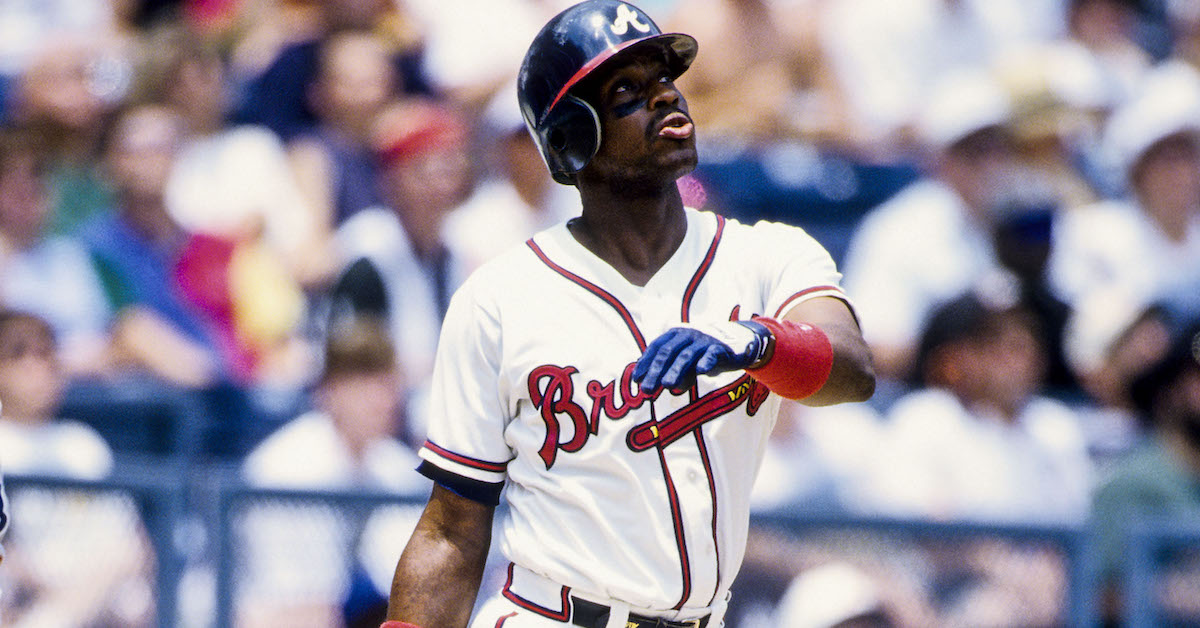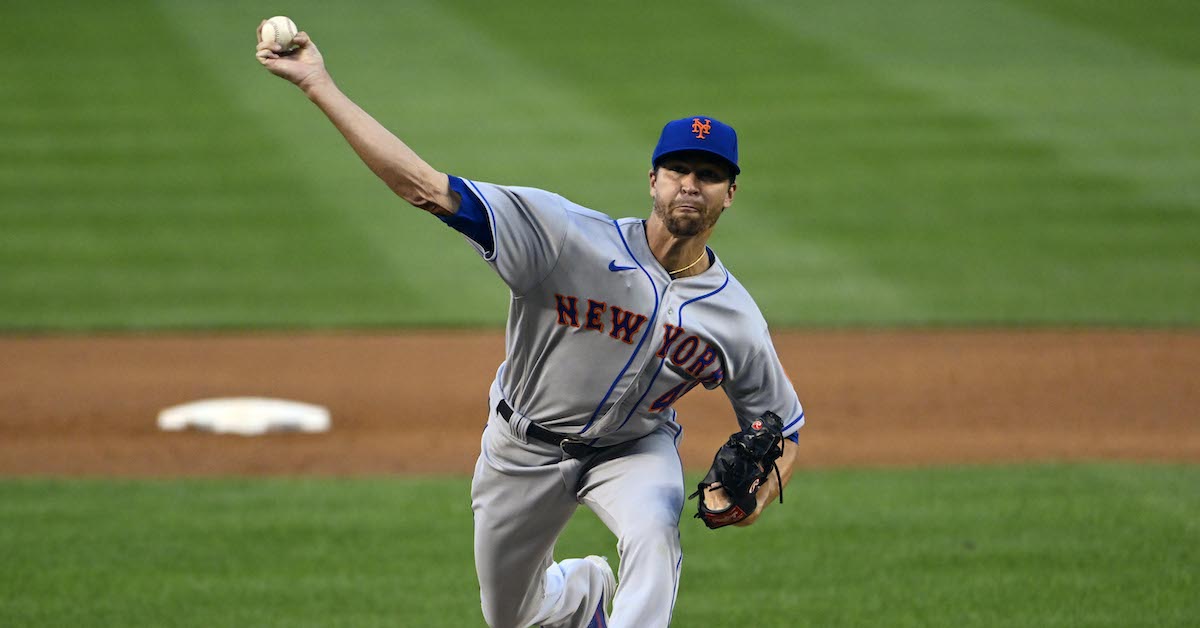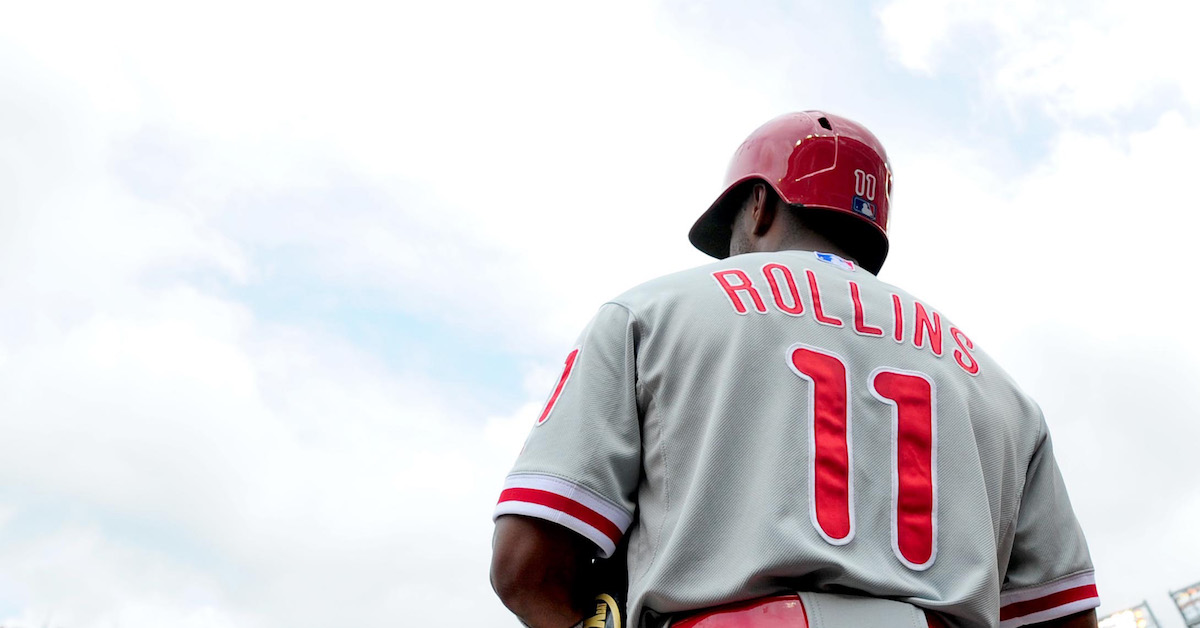The Milwaukee Brewers are looking to add talented people to their Baseball Research and Development department. The R&D team is involved in every aspect of the organization, including acquisition, player development and scouting and works closely with those departments to build processes and tools for decision making.
We’re looking for people who ask important questions and have the ability to start to answer them. We primarily use R and SQL, with some Python mixed in, but we’ll help you learn our tools if you’re more comfortable with a different set. Having existing knowledge of baseball and sabermetrics is helpful, but not required.
R&D team members generally work 40 to 45 hour weeks, although many choose to stay and attend home games during the season. There can be some weekend support and there are certain times of year (draft, trade deadline) where there may be additional needs. Some travel to spring training or minor league affiliates may be required for full-time positions.
We have the following openings available:
Senior Analyst (Application Link)
What you’d do:
The Senior Analyst owns the design and implementation of various predictive and explanatory models and processes used by other areas of the front office in making baseball decisions. They collaborate closely with departments like Player Personnel, Scouting, Player Development and High Performance to deeply understand their needs and drive innovative solutions.
What we’re looking for:
If you’re someone who has experience creating models with uncertain data and can translate the results into actionable information, you’re a good candidate for this position. You’re comfortable being given a problem or desired outcome and determining a path to get there. You’re inquisitive, excited to learn how different aspects of the organization work and want to help them improve. You have an advanced degree or a few years of work experience in a technical field.
Existing experience with scouting, performance science, strength training or sports medicine will be helpful, but is not required.
Residence in Milwaukee is strongly preferred, but we may consider remote possibilities for the right candidate. If you are remote, you’ll be expected to travel roughly one week a month to Milwaukee or our training complex in Arizona.
Hiring Process:
After you submit your application, it will be reviewed by one of the leaders of the R&D team. We’ll be looking mostly at your research experience – either for work or fun – along with your educational background and previous positions.
If you are selected to move forward, you will be asked to complete a short questionnaire (around 1 to 2 hours of work) to give us an idea of your statistical and baseball knowledge.
From there, you will have a few phone screens with members of the team.
The final step will be a series of discussions with members of the front office and review an in-depth take-home project (less than 10 hours of work) with the entire R&D department. This review mimics the team’s development process and should give you a feel for what it would be like to work with the group.
Analyst (Application Link)
What you’d do:
The Analyst contributes model components to core R&D processes, creates enhancements based on input from other departments, and answers specific questions from front office decision makers. They work collaboratively with the rest of the R&D department, often building depth in a specific baseball area, such as Scouting, Player Development or High Performance.
What we’re looking for:
If you have built predictive, statistical or mathematical models with some guidance and can convey your findings to non-technical audience, you could be a good fit for this role. You’re comfortable being given a direction and working independently with frequent check-ins with the team. You’re interested in the inner workings of a baseball organization and how R&D can support them. You have a bachelor’s degree or at least a year of work experience in a technical field.
Existing experience with scouting, performance science, strength training or sports medicine will be helpful, but is not required.
Residence in Milwaukee is required for this role to start, but there is a possibility of remote work down the road.
Hiring Process:
After you submit your application, it will be reviewed by one of the leaders of the R&D team. We’ll be looking mostly at your research experience – either for work or fun – along with your educational background and previous positions.
If you are selected to move forward, you will be asked to complete a short questionnaire (around 1 to 2 hours of work) to give us an idea of your statistical and baseball knowledge.
From there, you will have a few phone screens with members of the team.
The final step will be a series of discussions with members of the front office and review an in-depth take-home project (less than 10 hours of work) with the entire R&D department. This review mimics the team’s development process and should give you a feel for what it would be like to work with the group.
The content in this posting was created and provided solely by the Milwaukee Brewers.







